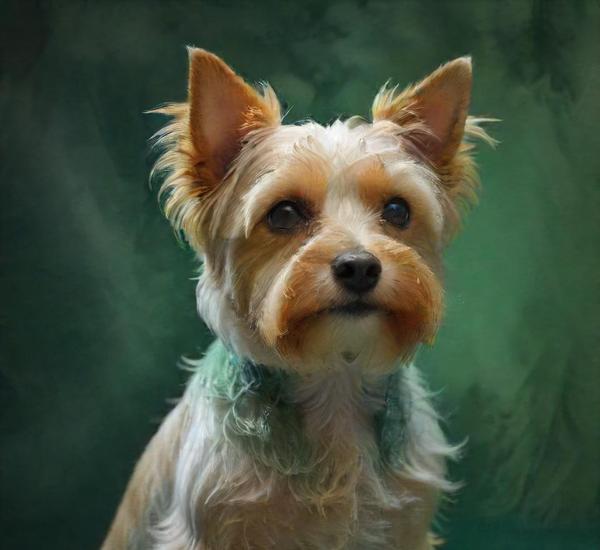The Blue Picardy Spaniel, a breed often overshadowed by its more famous cousins, offers a distinctive blend of elegance and versatility that makes it a …

Happy Paws: All About Dogs

The Blue Picardy Spaniel, a breed often overshadowed by its more famous cousins, offers a distinctive blend of elegance and versatility that makes it a …

The Artois Hound, a distinguished and lesser-known breed, boasts a rich history and unique characteristics that make it a fascinating subject for dog enthusiasts. Originating …

The Biewer Terrier, a charming and relatively recent addition to the world of toy dog breeds, captivates with its unique appearance and delightful personality. Originating …

The Black Russian Terrier, often celebrated for its striking appearance and formidable presence, is a breed that combines both elegance and power. Originating in the …

The Schapendoes, often overshadowed by more recognizable breeds, is a delightful and energetic dog that boasts a rich history and a unique charm. Originating from …

The Welsh Springer Spaniel, with its distinctive red and white coat and affectionate nature, stands out as a beloved breed among dog enthusiasts. Originating from …

The Cao de Gado Transmontano, often called the Transmontano Mastiff, is a formidable and ancient breed native to the rugged landscapes of northern Portugal. Known …

The Dogue de Bordeaux, often referred to simply as the Bordeaux Mastiff, is a striking and majestic breed renowned for its imposing presence and loyal …

The Grand Anglo-Francais Tricolore is a distinguished breed with a rich heritage, renowned for its elegance and versatility. Originating from the blend of French and …

The Cesky Fousek, also known as the Czech Wirehaired Pointing Griffon, is a remarkable dog breed that has captured the hearts of hunting enthusiasts and …